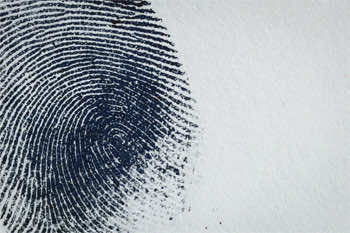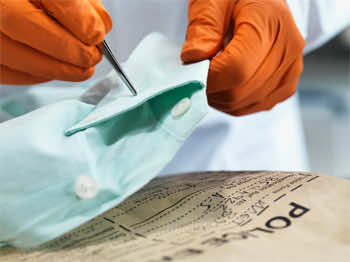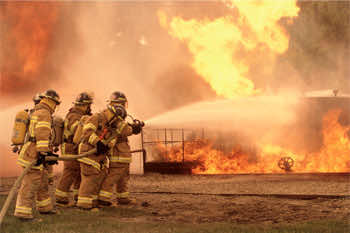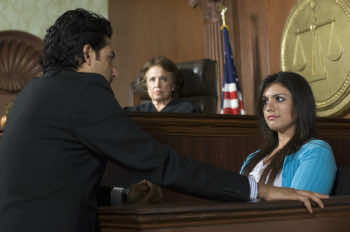Yes, we know you are a big fan of the detective movies and TV series, and we know how crime scenes are heavily scrutinized for evidence. A few strands of hair or a the culprit’s cell phone are considered jackpots by the investigators and may lead to him directly. After that, it is just about trying to locate the guy using GPS and taking him down with a SWAT team. Well, folks, it isn’t that simple. Crime scene evidence is not that simple. Here are a few things movies and TV shows do not report accurately when it comes to crime scene evidence:
1. Finger Prints aren’t entirely reliable

We all may subconsciously believe that fingerprints are some solid evidence. In fact, they aren’t as sure shot as they are thought to be. They can be planted somewhere where you had never been and most of the times, getting the full fingerprint from a crime scene is hard so investigators have to rely on bits and pieces instead. Now you know that human beings especially people from the same genetic line share many characteristics like nose, hair color and complexion.Interestingly, a partial fingerprint can also lead to someone who wasn’t guilty, someone who shares some of your prints like your family members for example.
Even though there are standards that must be followed to confirm a fingerprint analysis, their implementation entirely depends on the expert, and they have known to be carried away or bought to bias the scales of justice after seeing the proceedings in the trial.
2. Cell Phone Triangulation is practically Useless

Let’s get one thing straight, cell phone triangulation is never accurate as opposed to what we see in the movies because it may point you out in a 2-mile radius, enough to help you track down but you cannot just pinpoint the location using the data from towers. The reason is that it is very unreliable. Follow the link for the confirmation of what we said as the phone not always picks up signals from the nearest tower and there is just too much overlap to deal with. The phone records are more reliable information than any movement data. The case of Lisa Roberts comes into our memory and how she wasn’t even allowed to defend herself just because cell phone tracking “pinpointed” her to a particular place.
3. Hair Analysis also Subjective

Just after a crime scene, a suspect’s hair is also considered a jackpot where it can lead to the culprit’s identification within hours. In 2009, the case of Donald Gates, the poor fellow who had to serve 28 years of a rape sentence in a jail after he was convicted using hair samples in the crime scene. It wasn’t until new DNA evidence came that his innocence was established, and he was subsequently freed. Now Donald Gates isn’t a unique case at all. A 2012 study showed that hair sampling is largely subjective, and discrepancies were found in almost 95% of the cases!
4. Arson Investigators and flawed Science

Arson is also a favorite scenario to tip the scales whenever investigators feel like doing it. They have a simple rule of thumb that allows them to make judgments without keeping scientific evidence in mind. In 2004, an expert of Columbia University showed how thousands of innocent people have been wrongly convicted to Arson and resulting damages in last fifty years. If it had been an odd case, we might have been okay with it. But thousands mean that something is terribly wrong with the methods they use. Even the classic lines from arson-inspired-cases like melted doorways can be caused by domestic fires. So, it is all pretty subjective and depends on the investigators.
5. Expert Witnesses are biased quite often and may contradict themselves

Can you challenge the authority of a technical ruling? We often see the prosecutors lining up witness after witness with a certain professional aura to prove their claims against the defendant. Although it shouldn’t be discouraged as a whole, overselling one’s point to make a case is just lawyers are used to doing. But, we cannot entirely rely on it. This is why both the defense and the prosecutors line up their own expert opinion guys, and they often contradict with each other even in the primary sense. So, the battle of expert witnesses is won by the side who has the better numbers of PR with the jurors. Sometimes the presiding judge has to choose a neutral expert to highlight who is right. Yeah, like third time is the trick!


